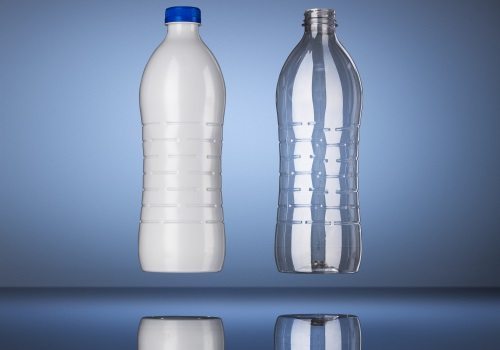The demand for packaging solutions in plastic is huge the world over, says KHS.
It adds that the market wants sustainable, energy-efficient products for ever more sophisticated designs and applications.
It requires packaging which is gentle on materials, energy and the product yet can be individually tailored to the specific content and brand.
Whether water or beer, milk or fruit juice, shampoo or detergent, every content makes specific demands of the packaging.
Sophisticated solutions
KHS offers its Bottles & Shapes program that covers the entire development process from the initial suggested designs through laboratory testing to the ready-to-produce bottle, optimizing both the material and energy consumption and the balance between product quality and economy for the Polyethylene terephthalate (PET) bottle.
All of the relevant aspects for the smooth application of the new bottle in the filling and packaging line are also taken into account from the beginning.
This service was particularly popular with customers in 2014, this mirrored in the record growth in blow mold production of 25% compared to 2013.
From a marketing point of view new bottle designs with special shapes are an important distinguishing feature and a selling point for consumers.
Optimized bottle designs also help companies to save on materials and thus costs and resources.
“We always start with the desired end product. This means that we ask our customers which demands they make of their plastic bottles,” explains Johannes Köstlin, director of Service at KHS Corpoplast.
“We take these parameters and design the ideal solution as a sample. We then develop the blow mold, carry out intensive laboratory testing and finally manufacture on state-of-the-art production lines.”
With the program KHS can react to individual customer requirements quickly and flexibly to produce a newly developed, tested bottle in a short space of time.
PET lightweighting
In 2014, KHS though the program produced a 0.5-liter PET bottle worldwide for highly carbonated beverages with a screw cap and a weight of just 10.9 grams.
The required quality properties such as stability and top load have been retained.
In mass production a reduction in weight and material of this magnitude soon yields a financial saving that goes into six figures (in euros).










